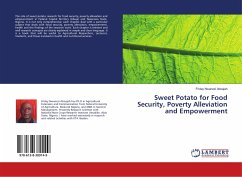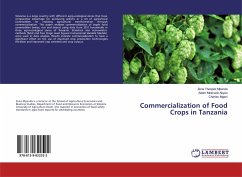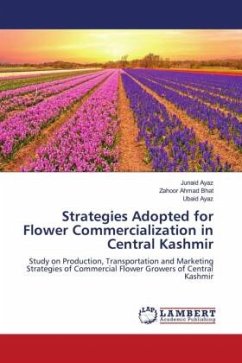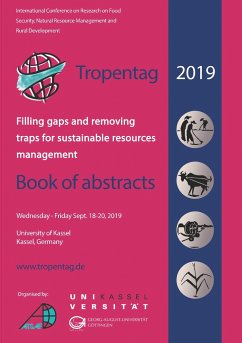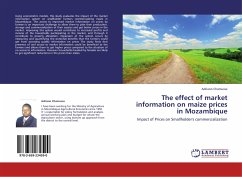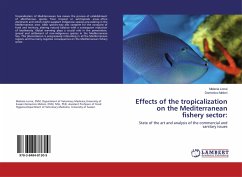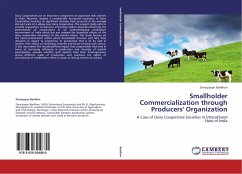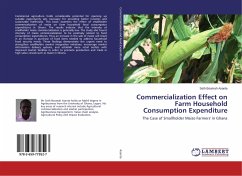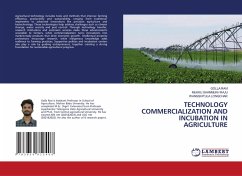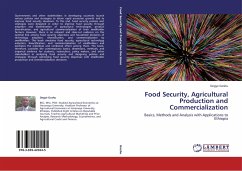
Food Security, Agricultural Production and Commercialization
Basics, Methods and Analysis with Applications to Ethiopia
Versandkostenfrei!
Versandfertig in 6-10 Tagen
51,99 €
inkl. MwSt.

PAYBACK Punkte
26 °P sammeln!
Governments and other stakeholders in developing countries launch various policies and strategies to attain rapid economic growth and to improve food security situations. To this end, food security policies and strategies were designed in order to improve food security through adoption and dissemination of agricultural technologies, product diversification, and agricultural commercialization of their smallholder farmers. However, there is no relevant and clear-cut evidence on the optimal link among food security objectives and household decisions of technology adoption, diversification, and co...
Governments and other stakeholders in developing countries launch various policies and strategies to attain rapid economic growth and to improve food security situations. To this end, food security policies and strategies were designed in order to improve food security through adoption and dissemination of agricultural technologies, product diversification, and agricultural commercialization of their smallholder farmers. However, there is no relevant and clear-cut evidence on the optimal link among food security objectives and household decisions of technology adoption, diversification, and commercialization by smallholders. This book simulates food security, agricultural technology adoption, diversification, and commercialization of smallholders and estimates the individual and combined effect among them. The book, therefore, provides the contemporary basics, dimensions, methods, and empirical evidence for students, researchers, policy makers, and other stakeholders in analyzingfood security and designing policies and strategies through optimizing food security objectives with smallholder production and commercialization decisions.



